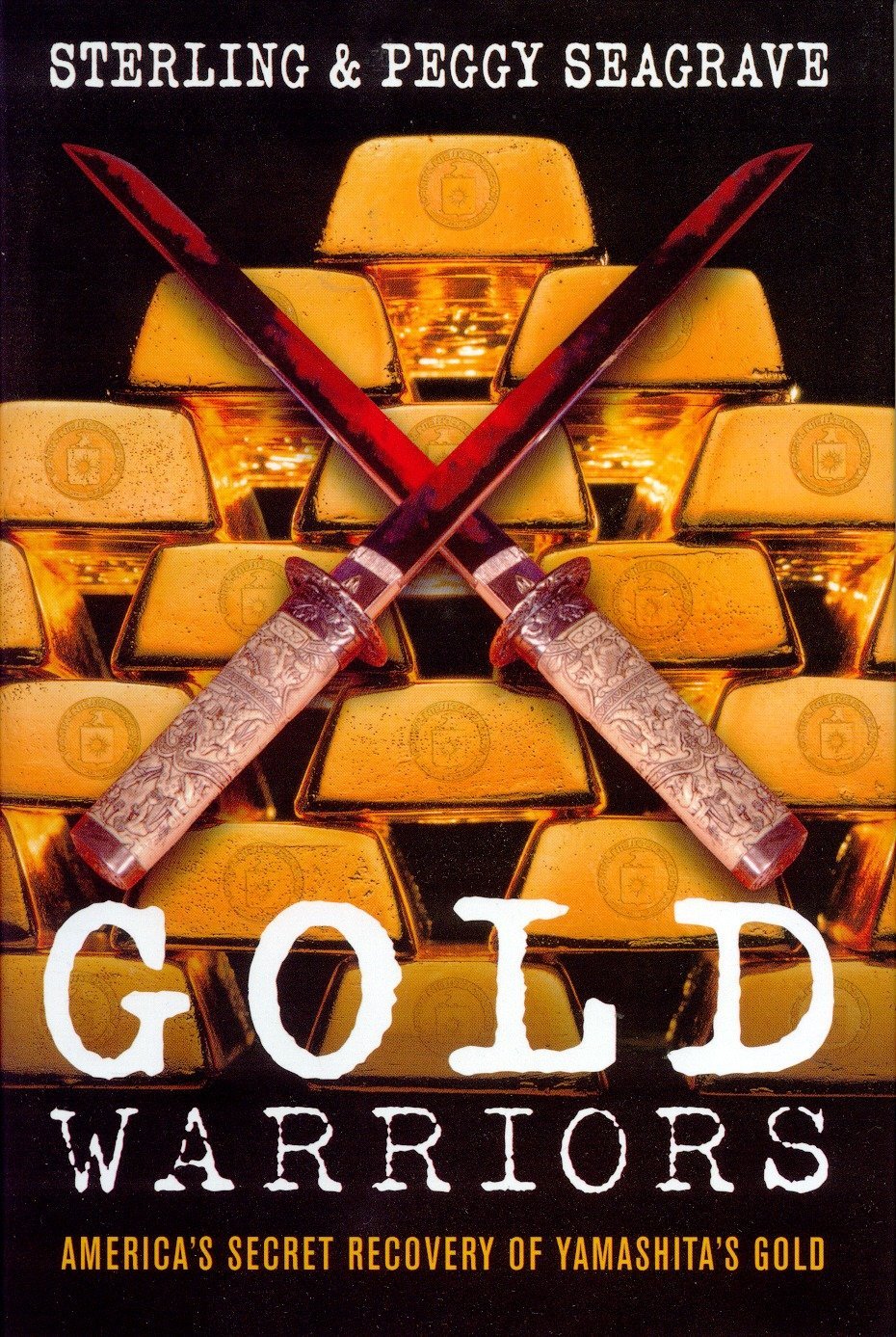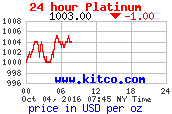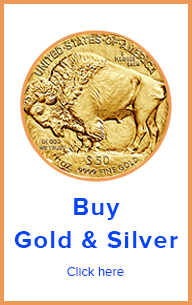Gold Warriors: America’s Secret Recovery of Yamashita’s Gold
By Sterling Seagrave

Book About Gold Review
If You are Into Gold You will Dig It!
I am into gold, gold history, gold finances, and just about everything about gold, and I am a gold student. When I found out about this book, I was sold. As I write this, I read “Gold Warriors” by Sterling Seagrave over three years ago. I highly recommend this book if you are interested in gold history, gold finance, and a deep and detailed understanding of the importance of gold during the World War 2 period.
I think I already read all the books by Sterling and Peggy Seagrave. I am sad that he recently passed away. He was one of the best investigative reporters ever.
Gold Warriors is a super well researched and documented account of the quest for the accumulation of gold bullion by the Japanese government during Japan’s war in Asia starting prior to World War 2. Sterling Seagrave was the right person for writing this book. He grew up in the China – Burma border. His father was a doctor, missionary, and served as a surgeon for General Joseph Stilwell in the China Theater. Thus, Sterling Seagrave understood well the Asian mindset, plus he spoke Chinese very well. Not only that, Sterling Seagrave is an expert at personality insights and extremely attentive to the nuances of historical events. From the very beginning, the reader will notice in any of his books that he is not reading fiction, but history. To top it off, all his books are top notch, easy to read narratives. In addition, the appendixes of all his books contain detailed notes of interview dates, information sources and all other relevant issues related to the subject at hand.
“Gold Warriors” Book Short and Sweet Opinion
This is a big, but easy to read book. You will learn about the quest for gold in the Asia – Pacific theater during World War 2. Extremely well researched. Great historical figure insights. Gold is very important in world finances. Otherwise, this book would not have been written.
“Gold Warriors” Book Summary
This affair is also known as “Yamashita’s Gold”. Prior to the official start of WW2, starting in the late 1920’s the Japanese started invading country by country from East to West. To say that “The Japanese” started stealing every everyone’s gold is an oversimplification. Within the bigger umbrella of “The Japanese”, there were all kinds of interrelated factions that competed and collaborated in the quest for gold. Among these, were the multiple Japanese mafia organizations, multiple armed forces elements, and the Japanese Royal Family. Each of these factions and characters is well described in the Gold Warriors book. One of the main characters on the Japanese side was Prince Chichibu, the western educated, well-liked, athletic and well-connected brother of Emperor Hirohito.
The Japanese, in their imperial quest, started to expand east and north starting with Korea and Manchuria and reached as far East as past modern-day Vietnam. They extracted as many resources as possible and exploited the conquered population in a harsh way. In addition, they partnered with local leaders, warlords, and the underworld figures, and dealt with drugs, slavery plus contraband in every direction. Extortion was big too.
Part of the wealth extraction included raiding banks, local merchants, traditional financial networks, monasteries, and government organizations and private individuals. One the main objective was the collection of gold, silver, and platinum in all its forms. Prince Chichibu was the main Japanese Imperial representative in charge of this. When raiding was not sufficient, individuals would be extorted for their gold and other bullion.
As governments in Asia collapsed, their paper money quickly became worthless. One example of this is the Philipines. The Japanese collected all the silver coinage and gold bullion. Local government’s paper money was canceled and replaced by Japanese Scrip issued by the Bank of Japan. Precious metal went to Japan. The Philippines ended up having to do commerce with Japanese scrip and contraband as forms of payment. US Dollars were also confiscated. The same situation happened in all the invaded countries, such as what are now Singapore, Malasia, Indonesia, etc
To prevent the above to happen, some wealthy Asians sent their gold to the USA. New York bankers received the gold and for it issued bearer gold certificates. A large part of Asian wealth ended up mostly in New York precious metal bullion banks. This is explained in detail in “Gold Warriors”. The end result was less negative for the wealthy Asians. To make it short, some banks that took the gold bullion in exchange for the gold certificates decided to not honor the certificates by stating that the certificates were not authentic. Others got cashed out or negotiated down for a dollar figure. Most gold bullion never went back to the owners.
As the war started to turn in favor of United States, it became increasingly difficult for the Japanese to get the gold to Japan. As a result, the stolen gold ended up mostly stuck in the Philipines, the main transit point. Once it became clear that the gold was not going to arrive in Japan, the Japanese, mostly guided by Chichibu and General Yamashita, started to hide it, for later retrieval.
At this point, McArthur and his command, together with the Vatican and multiple other intelligence services became involved. At this point in the book, great insights into MacArthur personality and background are analyzed. Other influential characters associated with McArthur and the stolen gold are well studied in the book. The main ones are General Willoughby, Colonel Lansdale and of course Yamashita himself. The overall situation about the Asian stolen is well analyzed, with all kinds of nuances taken into consideration.
The story the stolen Asian gold does not end with the end of World War 2. The saga continued hot well into the 1980s. This situation involved the Vatican, bullion banks such as Goldman Sacks, Ferdinand Marcos, the John Birch Society, the CIA, and many more. Gold bullion is very important for the banking system. Ramifications of this continued still into the early 2000s. By now most people involved in the stolen Asian are dead or in their very last days.
“Gold Warriors” Book Conclusion
If you are a history buff and gold bug, like I am, you will love this book. It paints a clear picture of the value of gold, and what governments, political organizations, religious institutions, and individuals are willing to go through to obtain it. Gold brings power. In addition, “Gold Warriors” is expertly written, extremely well researched, and well supported by presented facts and notes in the appendix. The author did most of the research firsthand himself. He personally spoke with many of the individuals involved and still alive at writing. I highly recommend this book.


![[Most Recent Quotes from www.kitco.com]](http://www.kitconet.com/charts/metals/gold/t24_au_en_usoz_2.gif)
![[Most Recent Quotes from www.kitco.com]](http://www.kitconet.com/charts/metals/silver/t24_ag_en_usoz_2.gif)
![[Most Recent Quotes from www.kitco.com]](http://www.kitconet.com/charts/metals/platinum/t24_pt_en_usoz_2.gif)










